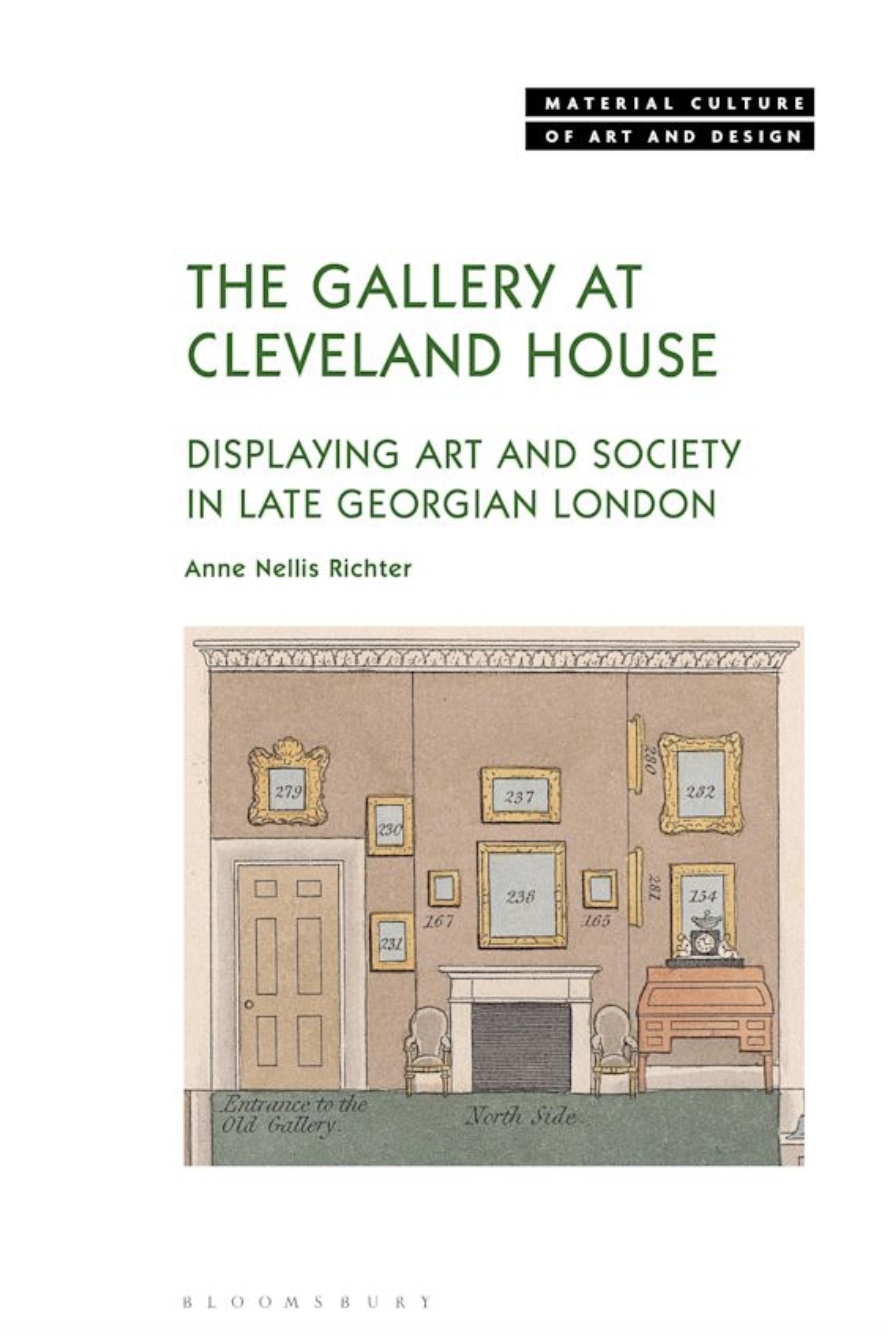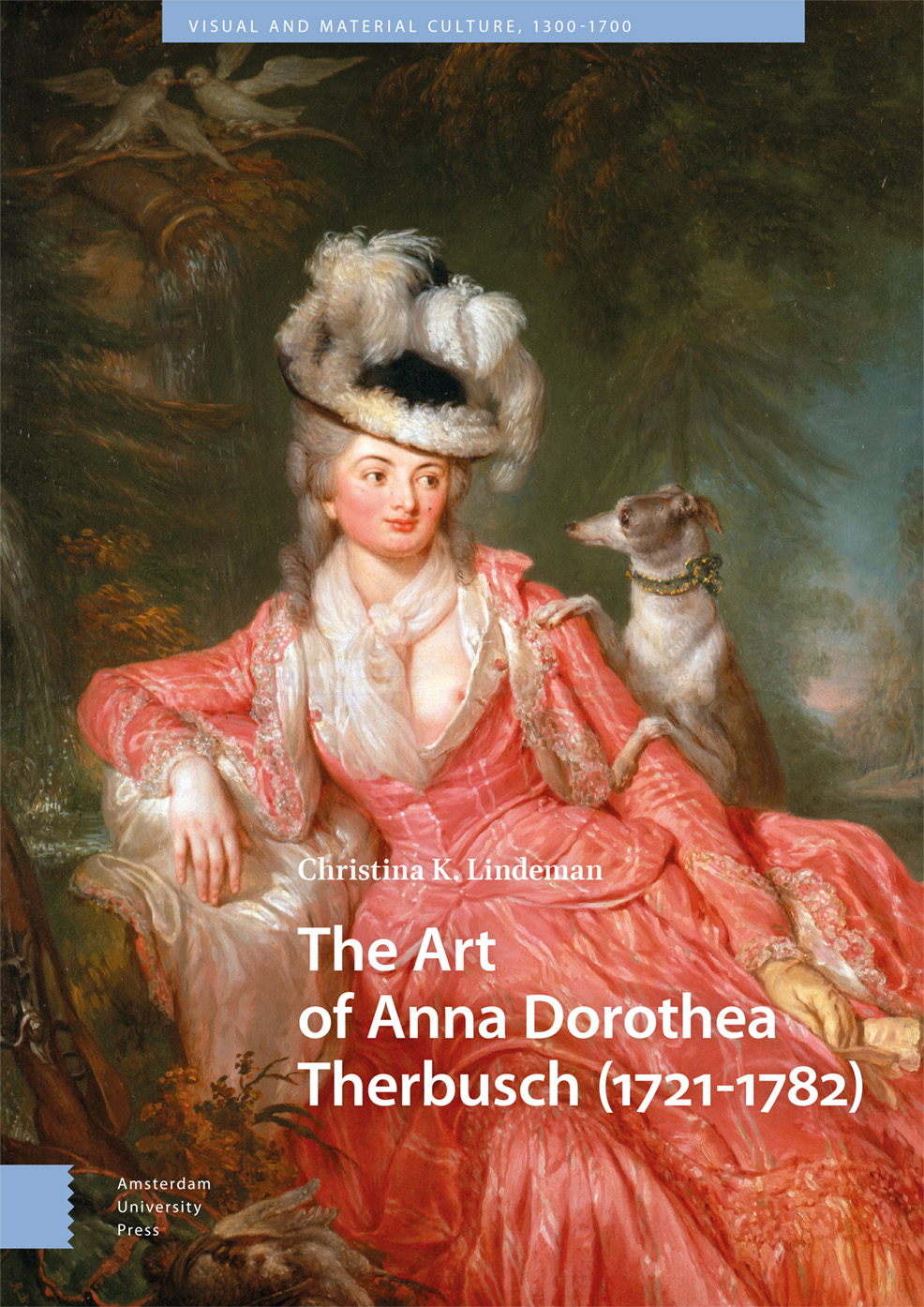Cultural Heritage Magazine, October 2023

Detail from one of a pair of Spanish-colonial screens depicting a landscape in the Japanese style, possibly made in Mexico City, perhaps 1660s, pigments on paper embellished with embossed and gilded clouds and arches, each screen 249 × 340 cm (Ham House, Surrey, NT 1139576, photograph by Leah Ban).
◊ ◊ ◊ ◊ ◊
Cultural Heritage Magazine is published twice each year, in May and October by the National Trust:
Cultural Heritage Magazine, issue 3 (October 2023)
4 Welcome — John Orna-Ornstein, the National Trust’s Director of Curation and Experience, introduces the autumn issue
6 Briefing: News, events, and publications, plus research and conservation round-ups
Taking the plunge | Archaeological excavations in the basement below Bath Assembly Rooms have revealed the remains of a rare 18th-century cold bath. It is thought to be the only one of its kind located in a historic assembly room, which in the 18th and 19th centuries was a popular place of entertainment, conversation, dancing, and gambling in fashionable towns. In the 18th century, medical practitioners recommended cold bathing as beneficial for various physical and mental ailments, including gout. As a result, plunge pools and cold baths surged in popularity . . . (7).
14 In Conversation — James Rothwell talks to John Benjamin about the National Trust’s under-explored jewellery collections
24 Textile Transmissions — James Clark and Emma Slocombe on repurposing church vestments in the Reformation

Nostell, West Yorkshire, neo-classical lodge, designed by Robert Adam, 1776–77, sandstone ashlar (purchased with HLF funds, 2002). Included in 60 Remarkable Buildings of the National Trust.
34 Set in Stone — George Clarke and Elizabeth Green discuss their shared love of built heritage
Preview of Green’s 60 Remarkable Buildings of the National Trust (National Trust Cultural Heritage Publishing, 2023), which includes an introduction by Clarke.
42 Modern Lives — John Chu and Sean Ketteringham on new research into 20th-century art collections
50 Election Threads — Helen Antrobus on dress, domesticity, and politics
60 Borrowing a Landscape — Emile de Bruijn on a Japanese-style folding screen at Ham House
Preview of de Bruijn’s Borrowed Landscapes: China and Japan in the Historic Houses and Gardens of Britain and Ireland (National Trust and Bloomsbury, 2023).
68 Acquisitions: Selected highlights, 2022–23
Acquisition of an important group of items historically associated with Chirk Castle, Wrexham (acquired by purchase, 2023) . . . The acquisition includes four important early 18th-century landscape paintings depicting the Chirk estate, three by the artist Pieter Tillemans (1684–1734) and one by John Wootton (c.1682–1764); family portraits by artists including Sir Godfrey Kneller and Sir Peter Lely; rare 17th-century furniture in the Servants’ Hall; estate documents including a manuscript of 1563 that shows the first known depiction of Chirk; Neo-classical furniture by Ince and Mayhew; and historic artefacts including items associated with the English Civil War and a rare 17th-century Puritan hat (69).
74 Meet the Expert, Heather Caven, Head of Collections Management and Care
New Book | Borrowed Landscapes
From Bloomsbury:
Emile de Bruijn, Borrowed Landscapes: China and Japan in the Historic Houses and Gardens of Britain and Ireland (London: Philip Wilson Publishers, 2023), 256 pages, ISBN: 978-1781300985, £35 / $45.
 The art and ornament of China and Japan have had a deep impact in the British Isles. From the seventeenth century onwards, the design and decoration of interiors and gardens in Britain and Ireland was profoundly influenced by the importation of Chinese and Japanese luxury goods, while domestic designers and artisans created their own fanciful interpretations of ‘oriental’ art. Those hybrid styles and tastes have traditionally been known as chinoiserie and japonisme, but they can also be seen as elements of the wider and still very relevant phenomenon of orientalism, or the way the West sees the East. Illustrated with a wealth of new photography and published in association with the National Trust, Borrowed Landscapes is an engaging survey of orientalism in the Trust’s historic houses and gardens across England, Wales, and Northern Ireland. Drawing on new research, Emile de Bruijn demonstrates how elements of Chinese and Japanese culture were simultaneously desired and misunderstood, dismembered and treasured, idealised, and caricatured.
The art and ornament of China and Japan have had a deep impact in the British Isles. From the seventeenth century onwards, the design and decoration of interiors and gardens in Britain and Ireland was profoundly influenced by the importation of Chinese and Japanese luxury goods, while domestic designers and artisans created their own fanciful interpretations of ‘oriental’ art. Those hybrid styles and tastes have traditionally been known as chinoiserie and japonisme, but they can also be seen as elements of the wider and still very relevant phenomenon of orientalism, or the way the West sees the East. Illustrated with a wealth of new photography and published in association with the National Trust, Borrowed Landscapes is an engaging survey of orientalism in the Trust’s historic houses and gardens across England, Wales, and Northern Ireland. Drawing on new research, Emile de Bruijn demonstrates how elements of Chinese and Japanese culture were simultaneously desired and misunderstood, dismembered and treasured, idealised, and caricatured.
Emile de Bruijn studied Japanese at the University of Leiden and museology at the University of Essex. After working for the auctioneers Sotheby’s, he joined the National Trust, where he currently works as a decorative arts curator. Among his previous publications is Chinese Wallpaper in Britain and Ireland (Philip Wilson Publishers, 2017).
c o n t e n t s
Acknowledgements
Introduction
1 A Pattern Emerges, 1600–1690
2 Emblems of Aspiration, 1690–1735
3 Peak Chinoiserie, 1735–1760
4 Fictions Have Their Own Logic, 1760–1780
5 Competing Perspectives, 1780–1870
6 The Age of Japonisme, 1870–1900
7 New and Old Orientalisms, the 20th Century
Picture Credits
Notes
Bibliography
Index



















leave a comment